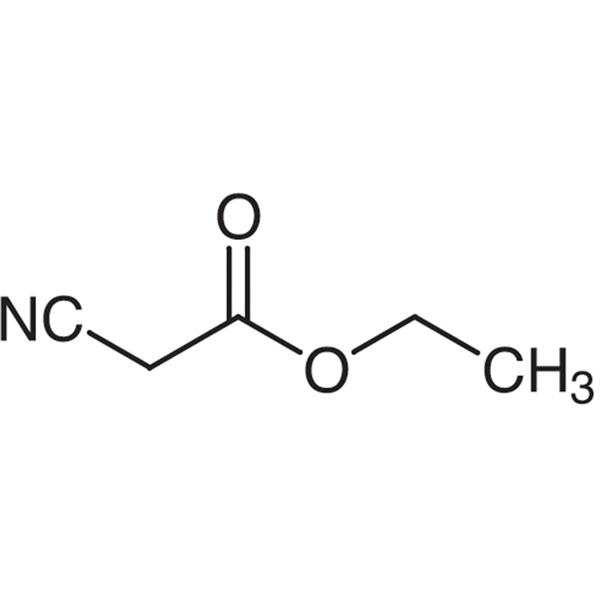Ethyl Cyanoacetate CAS 105-56-6 Purity >99.5% (GC)
Shanghai Ruifu Chemical Co., Ltd. is the leading manufacturer and supplier of Ethyl Cyanoacetate (CAS: 105-56-6) with high quality. We can provide COA, worldwide delivery, small and bulk quantities available. If you are interested in this product, please send detailed information includes CAS number, product name, quantity to us. Please contact: alvin@ruifuchem.com
| Chemical Name | Ethyl Cyanoacetate |
| Synonyms | Cyanoacetic Acid Ethyl Ester; Ethyl 2-Cyanoacetate; Ethyl Cyanacetate; (Ethoxycarbonyl)acetonitrile; Ethyl α-Cyanoacetate |
| CAS Number | 105-56-6 |
| CAT Number | RF2871 |
| Stock Status | In Stock, Production Capacity 300MT/Year |
| Molecular Formula | C5H7NO2 |
| Molecular Weight | 113.12 |
| Melting Point | -22℃ (lit.) |
| Boiling Point | 206.0~208.0℃ (lit.) |
| Flash Point | 109℃(228°F) |
| Solubility in Water | Insoluble in Water |
| Solubility | Miscible With Ether, Alcohol |
| TSCA | Yes |
| HS Code | 2926 90 70 |
| Shelf Life | 60 Months |
| Brand | Ruifu Chemical |
| Item | Specifications |
| Appearance | Colorless Transparent Liquid |
| Purity / Analysis Method | >99.5% (GC) |
| Water (by Karl Fischer) | <0.10% |
| Refractive Index n20/D | 1.415~1.419 |
| Density (20℃) | 1.061~1.066 |
| Color (APHA) | <20 |
| Acidity | <0.05% |
| Total Impurities | <0.50% |
| Infrared Spectrum | Conforms to Structure |
| Test Standard | Enterprise Standard |
| Usage | Organic Intermediates; Pharmaceutical Intermediates |
Package: Bottle, 25kg/Drum, 200kg/Drum or according to customer's requirement
Storage Condition: Store in sealed containers at cool, dry and well-ventilated place. Incompatible materials strong acids, strong bases, strong oxidizing agents, strong reducing agents. Protect from light and moisture.
How to Purchase? Please contact Dr. Alvin Huang: sales@ruifuchem.com or alvin@ruifuchem.com
15 Years Experience? We have more than 15 years of experience in the manufacture and export of a wide range of high quality pharmaceutical intermediates or fine chemicals.
Main Markets? Sell to domestic market, North America, Europe, India, Korea, Japanese, Australia, etc.
Advantages? Superior quality, affordable price, professional services and technical support, fast delivery.
Quality Assurance? Strict quality control system. Professional equipment for analysis include NMR, LC-MS, GC, HPLC, ICP-MS, UV, IR, OR, K.F, ROI, LOD, MP, Clarity, Solubility, Microbial limit test, etc.
Samples? Most products provide free samples for quality evaluation, shipping cost should be paid by customers.
Factory Audit? Factory audit welcome. Please make an appointment in advance.
MOQ? No MOQ. Small order is acceptable.
Delivery Time? If within stock, three days delivery guaranteed.
Transportation? By Express (FedEx, DHL), by Air, by Sea.
Documents? After sales service: COA, MOA, ROS, MSDS, etc. can be provided.
Custom Synthesis? Can provide custom synthesis services to best fit your research needs.
Payment Terms? Proforma invoice will be sent first after confirmation of order, enclosed our bank information. Payment by T/T (Telex Transfer), PayPal, Western Union, etc.
Ethyl Cyanoacetate (CAS: 105-56-6) is the ethyl ester of cyanoacetic acid, is a building block for the synthesis of heterocycles and are are used as drugs. It is also used as used as a pharmaceutical intermediate, used in organic synthesis or Oil soluble couplers of film raw material. It is also used as a reagent in labelled pyrimidine and purine synthesis. It is used as an intermediate of fine chemicals such as medicine and dyestuff. Used to produce esters compound, acylamino compound and nitrile compound, etc. Widely used to produce medicine (such as Vitamin B6, caffeine, and Pemirolast potassium), dyestuff, pesticide, as well as as an oil-soluble color finisher for color films and as a raw material for 502 adhesives. Ethyl cyanoacetate may be used as an reagent used in labelled pyrimidine and purine synthesis. It may be used in the synthesis of ethyl glyoxylate.
Fire Hazard Combustible material: may burn but does not ignite readily. Substance will react with water (some violently) releasing flammable, toxic or corrosive gases and runoff. When heated, vapors may form explosive mixtures with air: indoors, outdoors and sewers explosion hazards. Most vapors are heavier than air. They will spread along ground and collect in low or confined areas (sewers, basements, tanks). Vapors may travel to source of ignition and flash back. Contact with metals may evolve flammable hydrogen gas. Containers may explode when heated or if contaminated with water.
-

Ethyl Cyanoacetate CAS 105-56-6 Purity >99.5% (GC)
-

Ethyl Chloroacetate CAS 105-39-5 Purity >99.0% ...
-

Bromomethyl Acetate CAS 590-97-6 Purity >95.0% ...
-
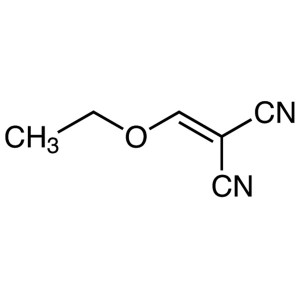
(Ethoxymethylene)malononitrile CAS 123-06-8 Pur...
-

Chloromethyl Butyrate CAS 33657-49-7 Purity >98...
-
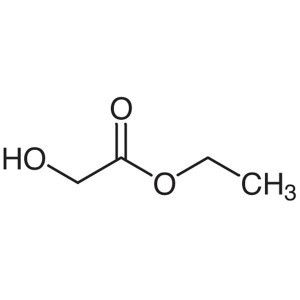
Ethyl Glycolate CAS 623-50-7 Purity >98.0% (GC)
-

Methacrolein CAS 78-85-3 (Stabilized with HQ) P...
-
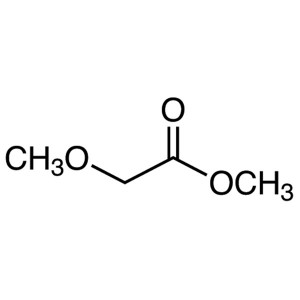
Methyl Methoxyacetate CAS 6290-49-9 Purity >99....
-
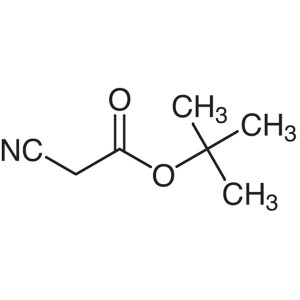
tert-Butyl Cyanoacetate CAS 1116-98-9 Purity >9...
-

2-Butanol CAS 78-92-2 Purity >99.5% (GC) Factor...
-

Cyanoacetamide (CAA) CAS 107-91-5 Purity >99.0%...
-

Ethyl Isocyanoacetate CAS 2999-46-4 Purity >99....
-

Isopropenyl Acetate (IPA) CAS 108-22-5 Purity ≥...
-

Isovaleryl Chloride CAS 108-12-3 Purity ≥99.0% ...
-

Ethyl Formate CAS 109-94-4 Purity >99.0% (GC) F...
-

Ethyl 2-Mercaptopropionate CAS 19788-49-9 Purit...

